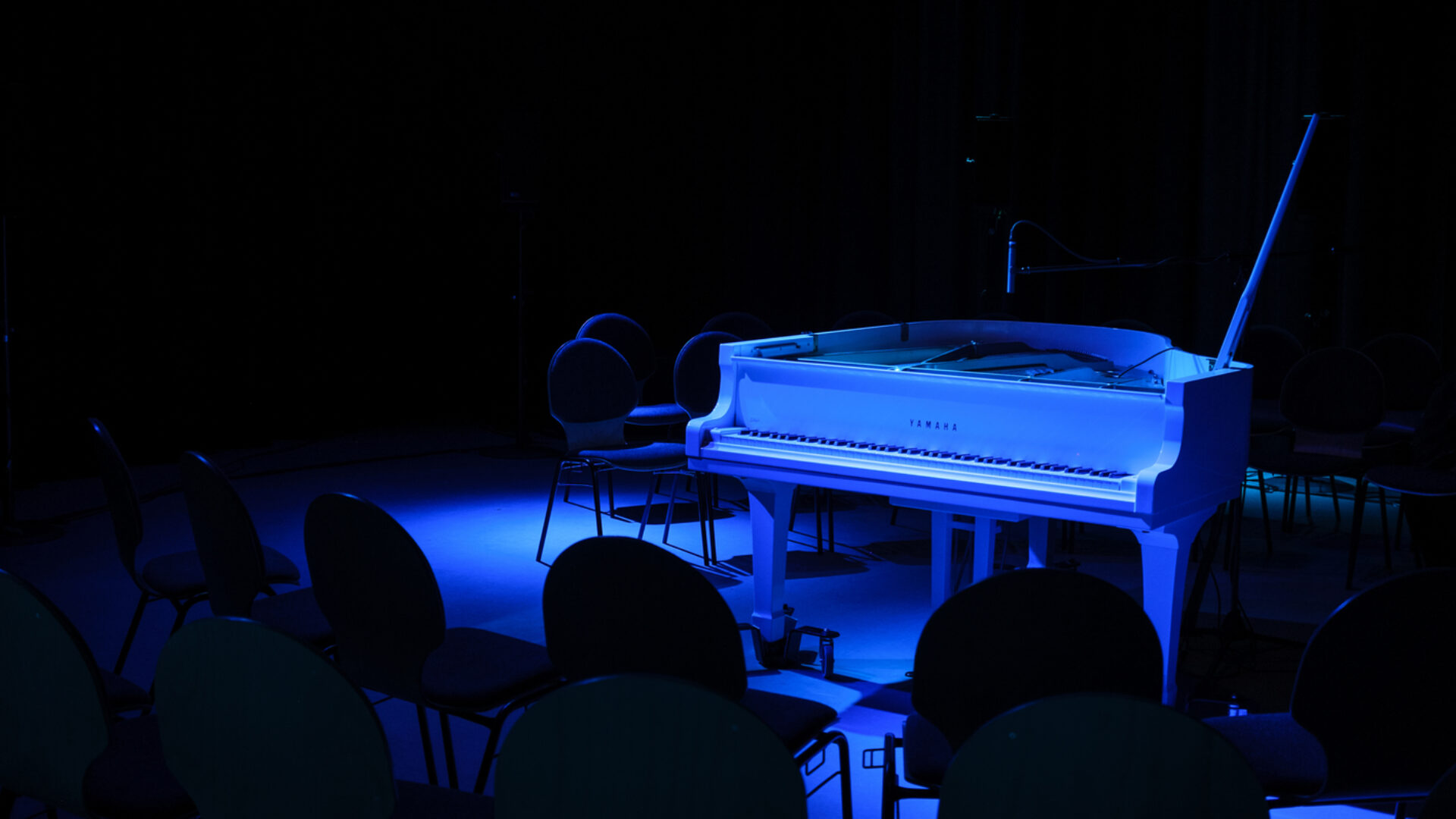In the history of western classical music, compositions written collaboratively by multiple composers is a not so rare occurrence. Very famous composers such as George Frideric Handel, Wolfgang Amadeus Mozart, Robert Schuman, Maurice Ravel, Igor Stravinsky, Arnold Schoenberg, Luciano Berio, Pierre Boulez and many more, have participated in collaborative composition projects at some points in their careers. Very diverse musical works have been written in collaboration such as operas, ballets, orchestral and chamber music, music for solo instruments. For example shortly after Gioachino Rossini’s death in November 1868, Giuseppe Verdi commissioned 12 composers to write a section each for a Requiem Mass his memory. A more recent example is a set of pieces written on the occasion of Paul Sacher’s 70th birthday in 1976, where twelve composer-friends of his (Conrad Beck, Luciano Berio, Pierre Boulez, Benjamin Britten, Henri Dutilleux, Wolfgang Fortner, Alberto Ginastera, Cristóbal Halffter, Hans Werner Henze, Heinz Holliger, Klaus Huber and Witold Lutosławski) were asked by Russian cellist Mstislav Rostropovich to write compositions for cello solo using Sacher’s name spelt out in musical notes as the theme (eS, A, C, H, E, Re). Although there are numerous musical works written in collaboration, there is scarce documentation that inform us about the type and extend of interaction that took place between the composers during the composition period.
This project investigates an extended framework which enables a collaborative composition process of chamber music. The goal is to research the artistic and educational perspectives of collaborative music creation that could impact instrumentalists, composers and music enthusiasts. The collaborative model includes multiple feedback mechanisms in the various stages of music composition (conception, micro- and macro-structure development, revision). The composers is organized as group which through moderation and with the aid of web tools, are able to coordinate their compositional activity and create a coherent composition of chamber music. In the end of the creative period, the composers and instrumentalists will be asked to fill a questionnaire that will allow them to evaluate the final composition, describe their experience in the project and suggest further improvements. This information along with recorded data produced during the collaborative process will be analyzed statistically. Based on this analysis various conclusions about the collaborative dynamics and the efficiency of the collaborative model and will be drawn. These will be compared with the phenomena observed in previous projects and reassure or recede their importance.
The project begins in November 2019 and will end in May 2020 with a performance of the composition at the Junge SIGNALE concert series organized by the Institute of Electronic Music and Acoustics and a presentation of the project in cooperation with the Artistic Doctoral School of the University of Music and Performing Arts Graz. The composers participating in the project are: Lula Romero, Márcio Steuernagel, Anahita Abbasi, Stylianos Dimou and Davor Branimir Vincze. Musicians from the ensemble Schallfeld will be involved in the later creative process and perform the composition during the organized events. The moderation and documentation of the project is conducted by the composer and sound artist Kosmas Giannoutakis.
